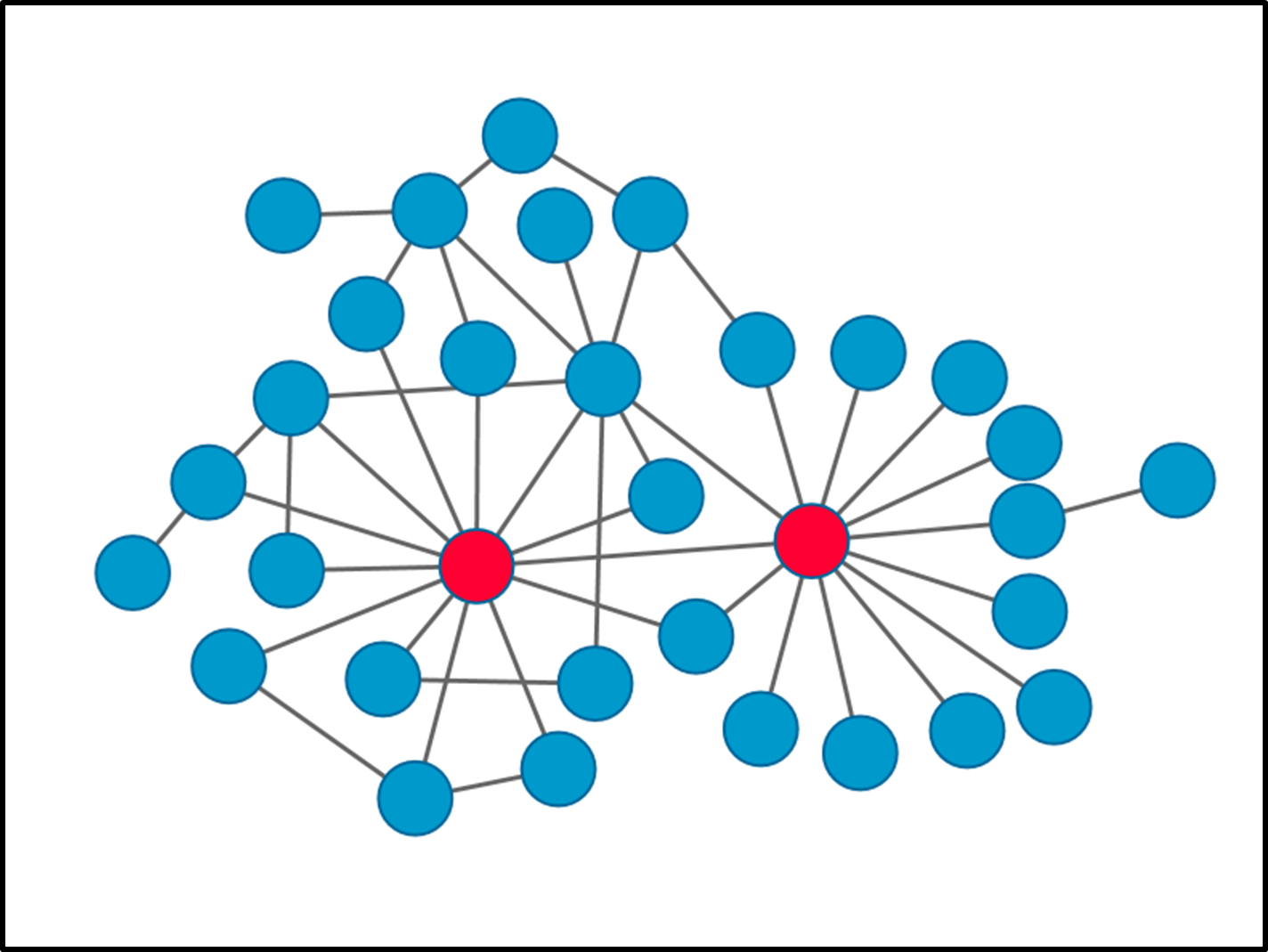Transcriptome profiling of perennial ryegrass under water stress
Contact person: Steven Yates
Partners: Bruno Studer, Ulrike Bechtold, Igor Chernukin and Frank Liebisch
Project description: The primary aim of this project is to understand the transcriptional response of perennial ryegrass (Lolium perenne L.) to drought stress. In order to dissect the stress response of perennial ryegrass, a time series drought experiment will be conducted. Time series analyses offer a holistic overview for correlation between phenotypic and transcriptome changes throughout water stress period. This information will be used to elucidate gene regulatory networks, which underpin drought response. The reconstruction of gene regulatory networks will be used to find relationships between genes and to identify highly connected genes (hub-genes) which are key regulators of drought response (Cramer et al, 2011, Penfold & Wild, 2011, Hempel et al, 2011). Given the high connectivity of hub-genes, they serve as candidate genes for crop improvement. A number of methods have been developed for de novo reconstruction of gene regulatory networks (reviewed by Hempel et al, 2011; Penfold & Wild, 2011). They have been found to have a high success rate at reconstructing known and in silico generated networks, additionally they have been used to de novo reconstruct unknown networks from data and provide new insights and hypothesis in a number of stress responses (reviewed by Cramer et al, 2011).
The described research is unique by i) providing for the first time an in-depth transcriptome profiling of drought stress in perennial ryegrass via RNA-seq, ii) providing these data along a detailed time gradient, iii) linking these gene expression data to physiological responses and physical soil parameters measured with novel phenotyping approaches and iv) reconstructing gene regulatory networks by novel statistical methods. The primary outcome of the proposed research is the identification of new targets for marker-assisted introgression of drought tolerance in perennial ryegrass.
References:
Cramer, G. R.; Urano, K.; Delrot, S.; Pezzotti, M.; Shinozaki, K., Effects of abiotic stress on plants: a systems biology perspective. Bmc Plant Biology 2011, 11.
Hempel, S.; Koseska, A.; Nikoloski, Z.; Kurths, J., Unraveling gene regulatory networks from time-resolved gene expression data - a measures comparison study. Bmc Bioinformatics 2011, 12.
Penfold, C. A.; Wild, D. L., How to infer gene networks from expression profiles, revisited. Interface Focus 2011, 1 (6), 857-870.
